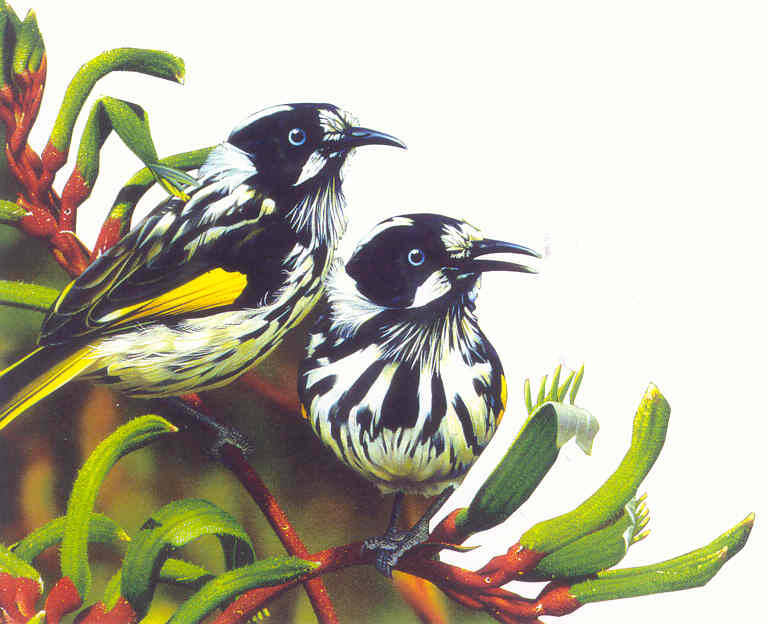Of Mice and Men by John Steinbeck
Directed by Stan Gottschalk
Produced by Three River Theatre
John Steinbeck’s Of Mice and Men is a masterpiece. Whether reading the book or watching the play (a rare example of a stage adaption written by the author of the source material), one can never escape the feeling that you are experiencing a work of genius. It is realistic and gritty, while being rich in poetry, epic in emotional scale, and yet reserved and understated. It is this dance of opposing forces that gives Of Mice and Men its authority to explore the existential, and Three River Theatre’s production, directed by Stan Gottschalk, does this beautifully.
It is clear that Gottschalk understands this text deeply, and that results in a production with a strong flavour and meticulous pacing. This play is an epic. At two and a half hours with two intervals this runs the risk of feeling like a marathon for the audience, but pleasingly both intervals arrive sooner than expected and the final act is short and sweet. To use a cooking analogy, it is a complicated recipe with a torturous prep time, but one is left with no doubts as to whether it was time well spent by the time you take your first bite.
The lighting is simple but effective, as is the set, and while the costumes could use a little ‘dirtying up’ to reflect the work that the men do, they accurately evoke the era. This is a small detail, but the inclusion of an accurate Luger pistol spoke to the attention to detail found throughout the production (many shows recently have tended to forgo small details like that if they feel that it’d go unnoticed or be forgiven). One disappointing element of the staging was the retention of the Earl Arts Centre’s black flooring, which, for a production so theatrically proficient this felt like a massive oversight that really detracted from the otherwise evocative technical elements.
The standout technical element (though it feels more like an additional character) is the sound. While some of the effects could have been louder to maximise their impact, the mixing of the music walked the perfect line between ‘concert’ and ‘make-you-lean-forward-in-your-seat’.
The inclusion of the band was an inspired one. Rather than just providing incidental music and covering set changes, the music in the show (through its clever selection of pieces) is treated as a Greek chorus, passing comment on the unfolding events and hinting at future ones. The talented four-piece group, The New Holland Honey Eaters, play multiple instruments, sing in delicious harmony, and add such a strong flavour to the show that it is hard to imagine Of Mice and Men without them. While it does add to the already epic run time, it’s a rare example of a directorial addition integrating seamlessly to the tried and tested recipe of a classic show.
The performances across the board reflected the understated and natural approach elicited by the text. While some actors seemed to occasionally struggle with the accent, and a few flirted dangerously with caricature, the cast overwhelmingly pursued truthful acting and realistic portrayals of these characters. For a text that has been around for so long (that many people studied in school) it is wonderful that some of the twists and turns of the plot could still feel fresh, a testament to the guiding hand of the director and the work of the actors. Occasionally this naturalistic approach worked against the show, as there were some moments (though very rare) where some eyelines ignored the back-most rows of the audience (the steeply tiered seating of the Earl Arts Centre always presents this as a challenge to actors). Similarly, some of the dialogue was not perfectly communicated to the back row.
One of the elements that contributes to this script being such a work of art is how balanced it is as an ensemble piece. A simple reading of the text might have you think that this is George and Lennie’s story, but that is far from the case. Steinbeck’s play is a masterclass in gestalt, where every character, regardless of stage time or how much dialogue they have, are equally important threads in the tapestry.
Almost every performer has opportunities to shine, but a few select highlights are Slim and George’s final interaction of the show (played by the ever-reliable stalwarts of Launceston theatre Matt Taylor and Travis Hennessy), and the charming scene between Lennie, George and Candy where they formulate their portion of the show’s many ‘best laid plans’. Travis Hennessy and Cameron Hindrum as George and Lennie anchor the play and clearly understand the love, frustration, and seemingly unbreakable bond between these two iconic characters.
Some of the finest acting (not just of this play but of the year), comes from the Eleanore Knox as Curley’s Wife (Steinbeck never gives her name of her own) and Michael Edgar as Candy. Both performers ignite the air in different ways. The seasoned Michael Edgar (truly one of Australia’s best) plays a meek and gentle Candy, whose quiet energy adds one of the most important flavours to the show. The deftness with which Edgar can break your heart is acting at its most technically proficient. Similarly, the audience is reassured that they are in the hands of a profoundly competent storyteller whenever Knox is on stage. Nailing the accent and bringing a dangerous energy to every scene, something in the air changes whenever Knox walks on stage.
Overall, this production succeeds in delivering a classic with energy and meticulous attention to detail, and it very much feels like this is Steinbeck’s masterpiece done right.
Don’t miss it.
Jimmy Harrison
11 November, 2021
Contact
You can send a message to us at: stan@stanspage.com

